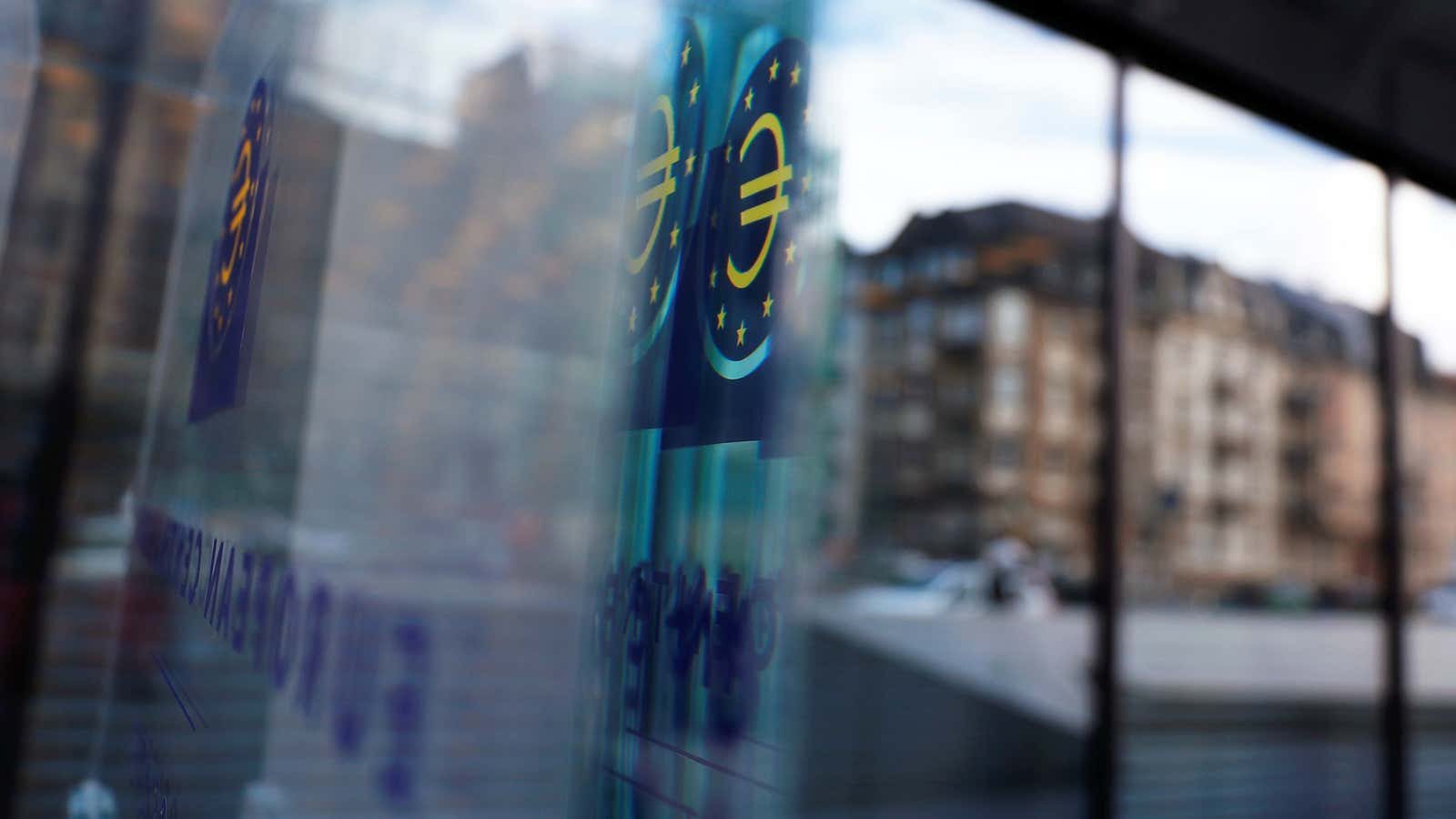Goldman Sachs is investing in a startup that’s designed to help people get better rates on their savings. It couldn’t come at a better or worse time, depending on how you look at it.
The Wall Street bank invested €25 million ($28 million) in Raisin, a Berlin-based fintech firm that helps European savers switch their money into higher-yielding savings accounts. The six-year-old company declined to disclose its valuation.
Goldman’s bet on the startup comes amid signs of slowing global economic growth, which may result in policies at the Federal Reserve and the European Central Bank that push interest rates lower. Lower rates will make it even harder for savers to eke out a return from their investments, making Raisin’s service more attractive. At the same time, falling rates around the world presents a challenge for Raisin to find juicer returns to offer its customers.
Raisin says it is growing fast. The company has brokered more than €14 billion of savings on behalf of partner banks, a 40% increase since December. It now has 185,000 customers, up from some 160,000 over that period. “Raisin has developed a unique savings marketplace with a solid business model, impressive growth, and a loyal customer base,” Rana Yared, managing director in Principal Strategic Investments at Goldman Sachs, said in a statement.
Raisin said it will use the funding for its launch in the US, which is planned for 2020, and for expansion in new European markets this year.
Interest rates are already lean for savers in Europe, at an average of 0.32% in the euro zone, according to Raisin’s calculations. Customers within the EU can boost these rates by shifting their money to higher yielding offers: The best one-year deposit rate is 1.01% in Germany and 1.7% in Italy. Outside the euro zone, savers can get rates of more than 2% in Poland. Its service highlights a lack of integration in Europe’s banking market, which has traditionally been run along national lines and lacks a single US-style federal deposit insurance system.
Interest rates in the US are higher than in Europe—Americans can routinely get 2% or more—but yields are likely headed lower there as well. Savers are struggling to get a return on their deposits, and banks are reluctant to provide it to them.
